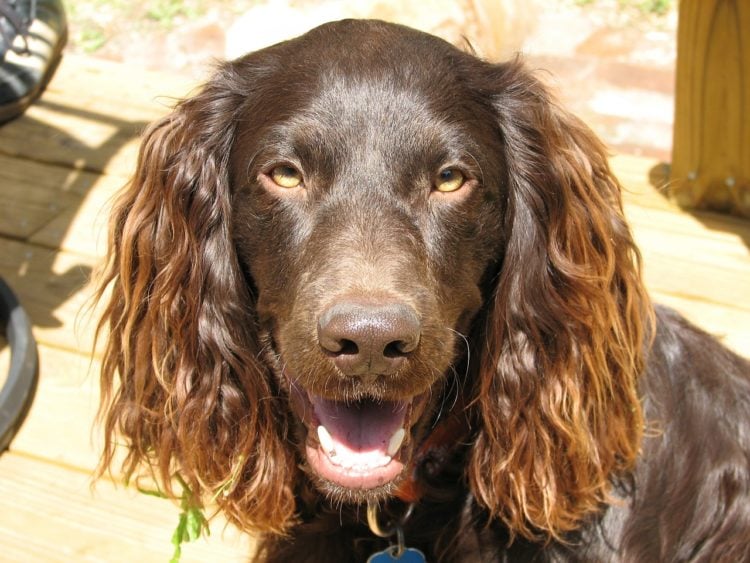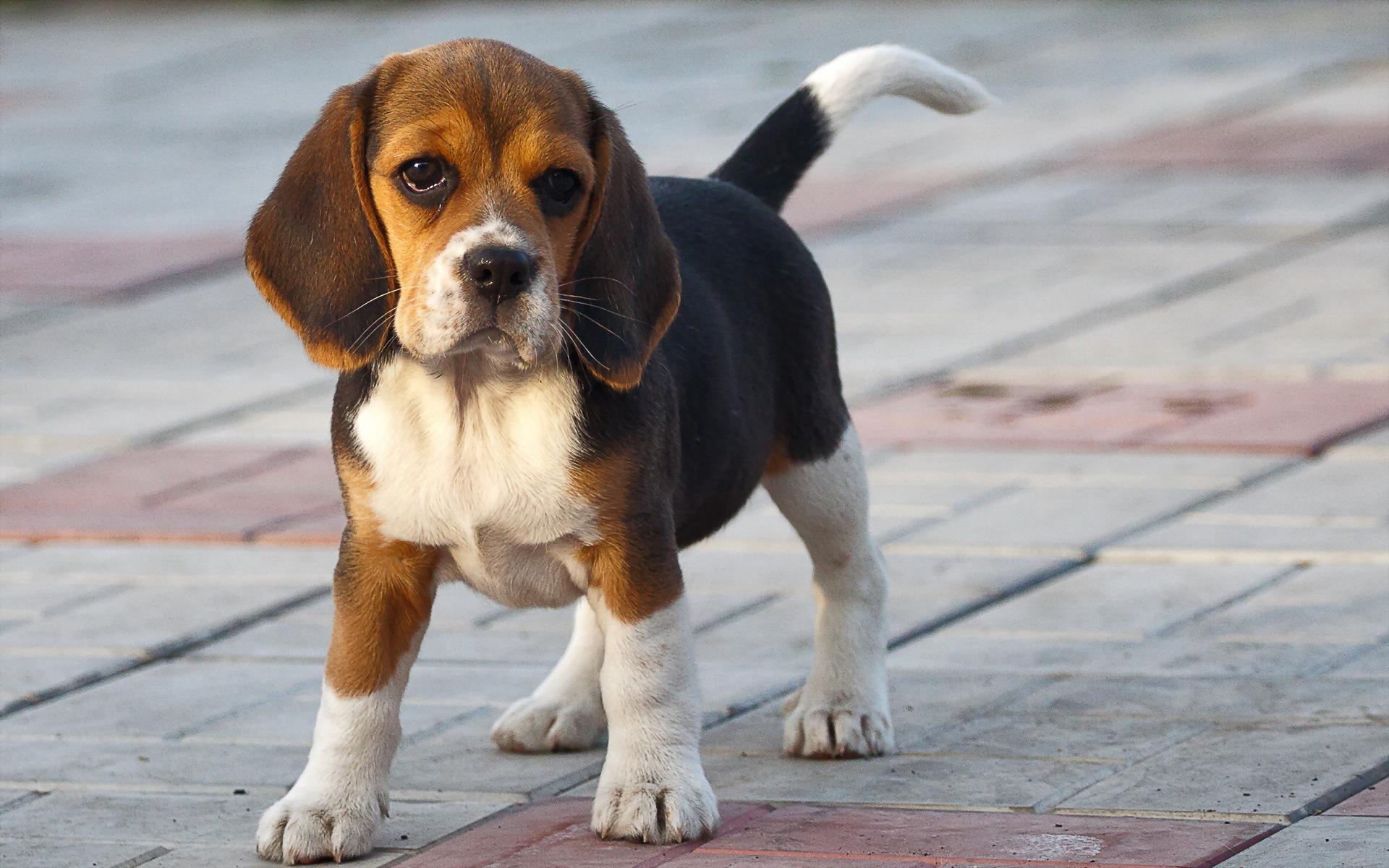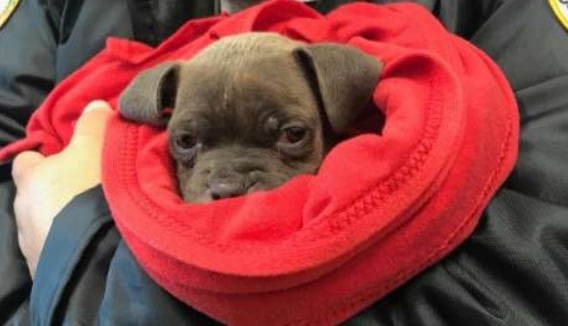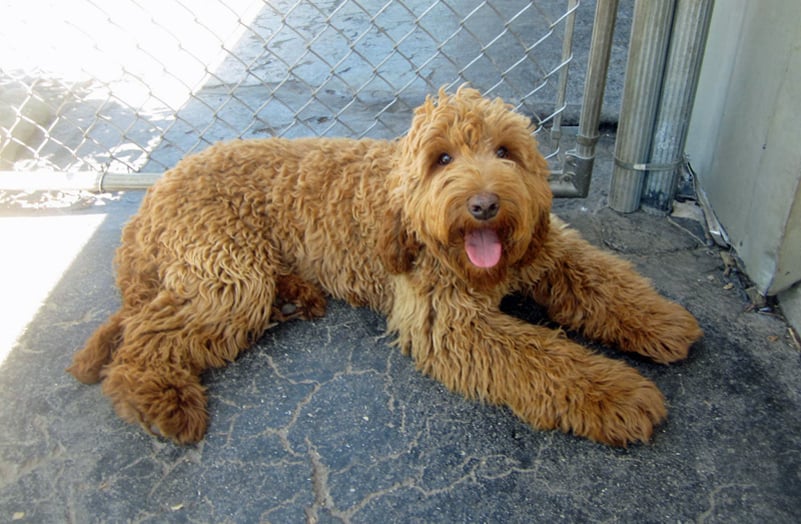10 Things You Didn’t Know about the Boykin Spaniel

Have you ever owned a Boykin Spaniel? Perhaps you’ve known someone that did or maybe you’re just interested in the breed. Truth be told, most people that have never had one of these types of dogs can tell that it’s some type of Spaniel, but pinning down the exact breed is almost impossible unless you have some type of experience to go on. That’s because as far as appearances go, the Boykin Spaniel looks very much like every other Spaniel out there. That being said, they’re anything but ordinary. If you want to know more about these dogs, you can find 10 interesting facts about them listed below.
1. Their origin is strictly U.S.-based
Most breeds of dogs come from other countries and have evolved over hundreds of years. These dogs originated in the Carolinas, making them one of the few breeds that is truly considered to have their origins in the United States.
2. As breeds go, they haven’t been around very long
The dogs were first bred during the early 1900s. That might sound like a long time, but that makes them one of the newest breeds of dogs to be recognized by any official Kennel Club in existence.
3. They’re bred specifically for hunting
When the dogs were first bred, it was for one purpose and one purpose alone. They were bred to go after ducks and other types of waterfowl. It wasn’t until much later that some of the dogs started being bred for show purposes. Today, they’re still extremely popular as hunting dogs, a job at which they excel.
4. They’re a big deal in South Carolina
These dogs are actually the state animal for South Carolina, which tells you that they’re very important to people in the state. This is where they originated, so it only makes sense that the state would be proud of them, especially when you consider the fact that they excel in both the hunting grounds and in the show ring these days.
5. Some people mistake them for a Cocker Spaniel
It’s relatively easy to see how some people could mistake the two, especially if they’re not intimately familiar with either one. Generally speaking, the Boykin Spaniel is a little bit larger than the Cocker Spaniel and much heavier. This is because they have a heavier, more muscular body then their English cousins. They may not be much taller, but they are much sturdier.
6. They have their own date on the calendar
In South Carolina, September 1st has been denoted as Boykin Spaniel day. It only makes sense in a state where the dog is so popular that it would be celebrated and this is the day that the state ultimately decided to set aside to do exactly that.
7. They make great pets
When these dogs aren’t hunting, they’re perfect as family pets. They are easy going animals that aren’t really aggressive and when they’re not working, they’re extremely laid-back and loyal. Unlike some breeds of dogs, the Spaniels don’t have the need to work constantly. They’re perfectly happy while they’re in the field looking for birds, but they don’t have a desire to do it all the time. That makes them versatile enough to be a good fit in almost any situation.
8. They’re easy to train
They have an innate desire to please, which makes it easy to train them. They’re fairly intelligent, so once they figure out what you want from them, they’re more than willing to do it because they want to make the people who are close to them happy.
9. They come in rich colors
The dogs are almost universally liver-colored, black or various shades of brown. The most typical color combination is a dark chocolate or black coat with ears that are liver colored, although there can be some variation.
10. They have several nicknames
In South Carolina, people rarely refer to them as Boykin Spaniels. Instead, they have a couple of nicknames for them that are born out of love. One is the Swamp Poodle, because they resemble poodles somewhat in size, especially with their curly hair. They also spend a lot of their time in the swamps hunting birds, so it’s a fitting nickname. The other one is Little Brown Dog, meant to the note they’re relatively diminutive size and the color of their coats.
You can also read:
- The 10 Best Dog Beds for Comfortable and Restful Sleep
- The 10 Best Dog Harnesses for Comfort and Control
- 10 Things You Didn’t Know about The Wee-Chon
- 10 Things You Didn’t Know about The Florida Cracker Cur
- 10 Dogs Similar to the Border Collie






